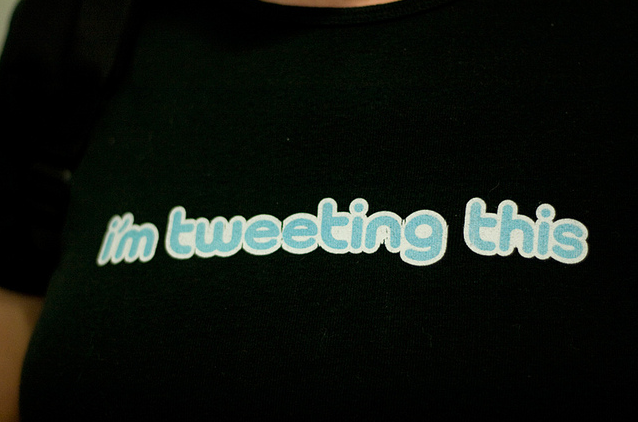When Everyone is Tweeting, Who is Paying Attention?
Continuous Partial Attention (CPA) is the process of paying simultaneous but superficial attention to a number of sources of incoming information. Not to be confused with multi-tasking which requires full attention and is driven by a conscious desire to be productive and efficient, CPA is an ongoing, automatic process.
This term, coined by writer and consultant Linda Stone in 1998, aptly describes the scene at the recent Council of Public Relations Firms Critical Issues Forum on Social Revolution: Are You Mobilizing Communities or Just a Voice in the Crowd?
At this well-attended one-day event in New York City, nearly everyone in the room was tweeting exactly the same nuggets of knowledge at exactly the same time. I couldn’t help but wonder a number of things:
- Who in the room was actually paying attention to the speaker? With heads down and fingers typing, few people were actually looking up at the dais even though the line-up was certainly worth watching. The Council had brought in Robert Gibbs, Advisor to President Barack Obama and Former White House Press Secretary as the keynote speaker, Pete Cashmore, Founder & CEO of Mashable for a Q&A with the president of Babson College, Leonard A. Schlesinger and an impressive group of marketing and social media executives for an interesting panel.
- Who benefited from all the tweeting? At the conference, every table boasted a sign that indicated the Twitter address for the event (#CIF2011) and described how to get wireless access. Clearly, the Council wanted the audience to engage in the social media platform. Good for the Council and good for the speaker, to be sure. With the necessity of each of us needing to build our own brand, who wouldn’t want their words of wisdom being posted far and wide beyond the four walls of the room in which they were speaking? Even those of us in the room benefited from the tweets—just in case you missed an important point, all you had to do was read the Twitter feed to jump back into the information flow. In fact, here are a few of those important points cut and pasted from the Twitter stream at #CIF2011:
- From Gibbs we learn his prediction that 2012 will be the Twitter Election, that he uses Twitter to see what reporters were thinking (“it was an invisible bubble box above each of their heads”) and his thinking that gone are the days of social media as an add-on to communication strategy when all is done
- From Peter Cashmore, CEO of Mashable, we understand that social media is no longer a theory. It is genuinely allowing people to share and create change, and that public relations has a bigger role than ever because there are more gatekeepers to reach.
- What was the unintended consequence (UC)? Unintended consequences are outcomes that are not intended by a purposeful action. They can positive, negative or have a perverse effect contrary to what was originally intended. So are there any unintended consequences to compulsively tweeting from an event or otherwise? This is a question I have yet to answer. It is sort of like waiting to see what the side effects of a drug will be years after it has been approved. One UC of CPA may be that peoples’ attention spans (already truncated by USA Today and sound bite television) and related ability for analytic thought will be reduced to nanoseconds.
No doubt, CPA is on the rise. It is anyone’s guess what the overall impact will be in years to come.
Connect with Toddi:
Phone: 212.840.1661
Email: toddi@blisspr.com
Twitter: @toddigutner
LinkedIn: Toddi Gutner
